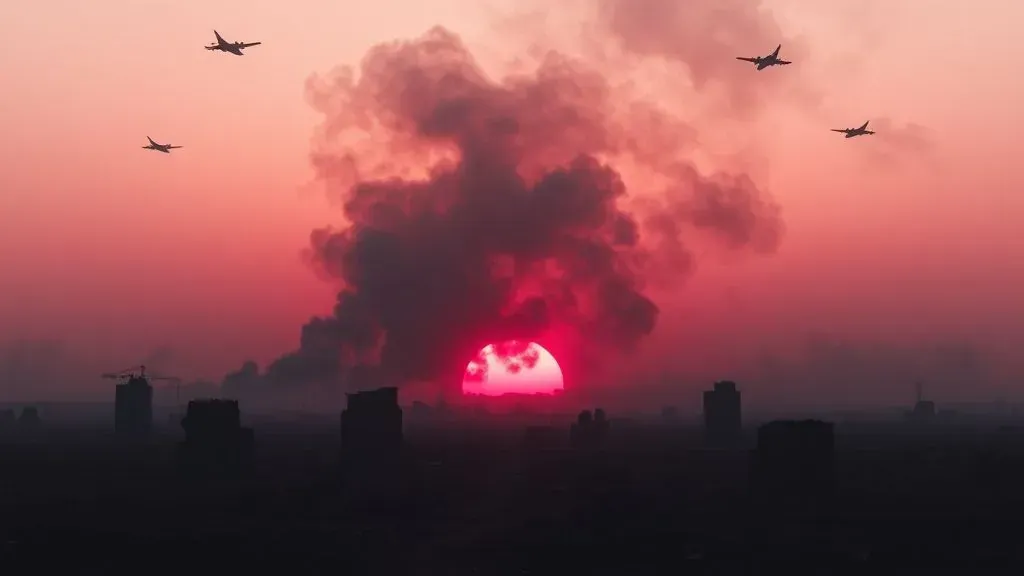
Over $212 million in cryptocurrency has flowed to Ukrainian war efforts since Russia's invasion, per blockchain analytics firm Elliptic. This trend underscores Web3's growing role in modern conflicts. Ukraine leverages blockchain for transparent aid distribution.
Recent Attacks in Kharkiv
Russian missiles struck Balakliia in Kharkiv region, killing three civilians and wounding ten, according to Reuters reports. The attack targeted residential areas amid intensified assaults.
This incident highlights Russia's ongoing aggression in eastern Ukraine. Emergency services responded swiftly to the damage.
Zelenskyy-Macron Meeting
Ukrainian President Volodymyr Zelenskyy meets French President Emmanuel Macron in Paris on November 17, 2025. Discussions focus on defense support and energy security.
According to France 24, this marks Zelenskyy's ninth visit to France since the war began. Macron reaffirms long-term commitment to Ukraine.
Key Agenda Items
Bilateral relations and military aid top the agenda. Zelenskyy seeks stronger European backing against Russian advances.
Macron's office emphasizes coordinating diplomatic efforts. Energy deals, like a new gas agreement in Greece, aim to bolster Ukraine's supplies.
Web3's Role in Conflict
Blockchain technology enables decentralized finance for war-torn economies. Ukraine's crypto sector expands rapidly due to the conflict.
A June 2025 bill proposes a federal Bitcoin reserve in Ukraine, per Crypto for Innovation reports. This move secures assets amid instability.
Crypto undermines Western sanctions on Russia, funding Putin's war machine, as noted by economist Roman Sheremeta. It prolongs the conflict through evasion tactics.
Crypto Donations and Aid
Donations via Web3 platforms provide quick, transparent support to Ukraine. NFTs and decentralized apps raise funds for humanitarian needs.
Elliptic reports over $212 million donated to pro-Ukrainian causes. This bypasses traditional banking hurdles.
Vitalik Buterin, Ethereum co-founder, called the war morally indefensible and helped channel $130 million in crypto relief. His actions show blockchain's ethical potential.
Market Impacts and Trends
The war influences cryptocurrency returns, with volatility spiking during escalations. A 2025 study using Feasible Quasi Generalized Least Squares analyzes this effect.
Russia considers a Bitcoin strategic reserve, leaked documents reveal via Forbes. This counters sanctions and asset seizures.
General Ben Hodges states Putin may struggle funding the war beyond 2025 due to Ukrainian strikes on oil infrastructure. Reduced exports strain Russia's economy.
Sanctions Evasion via Crypto
Russian entities use Web3 for sanctions evasion, as highlighted in Chainalysis reports. Cryptocurrency deals support invasion efforts.
This role emerged prominently during the Russia-Ukraine conflict. It challenges global financial restrictions.
Ukraine's Web3 Innovation
Conflict accelerates Ukraine's crypto adoption. Decentralized technologies offer resilience against disruptions.
Projects like UkraineDAO raised millions through Web3 endowments. They demonstrate agile philanthropy in crises.
Blockchain ensures aid transparency, reducing corruption risks. Ukraine integrates digital assets into its economy.
Global Implications for Web3
The war shapes Web3's future, blending finance with geopolitics. Crypto becomes a tool for both aid and evasion.
Investors monitor conflict trends for market signals. Volatility ties to military developments.
Decentralized finance grows in unstable regions. Web3 offers alternatives to traditional systems.
This article highlights Web3's dual-edged impact in the Russia-Ukraine war. Understanding these dynamics aids informed decisions in crypto investments.


